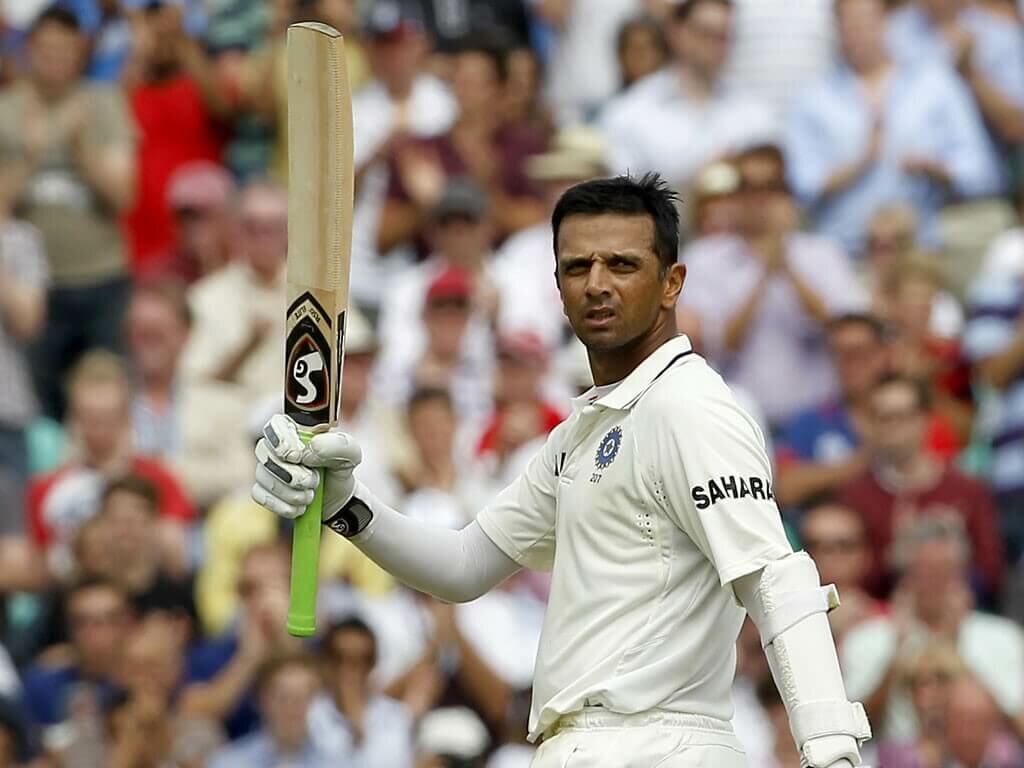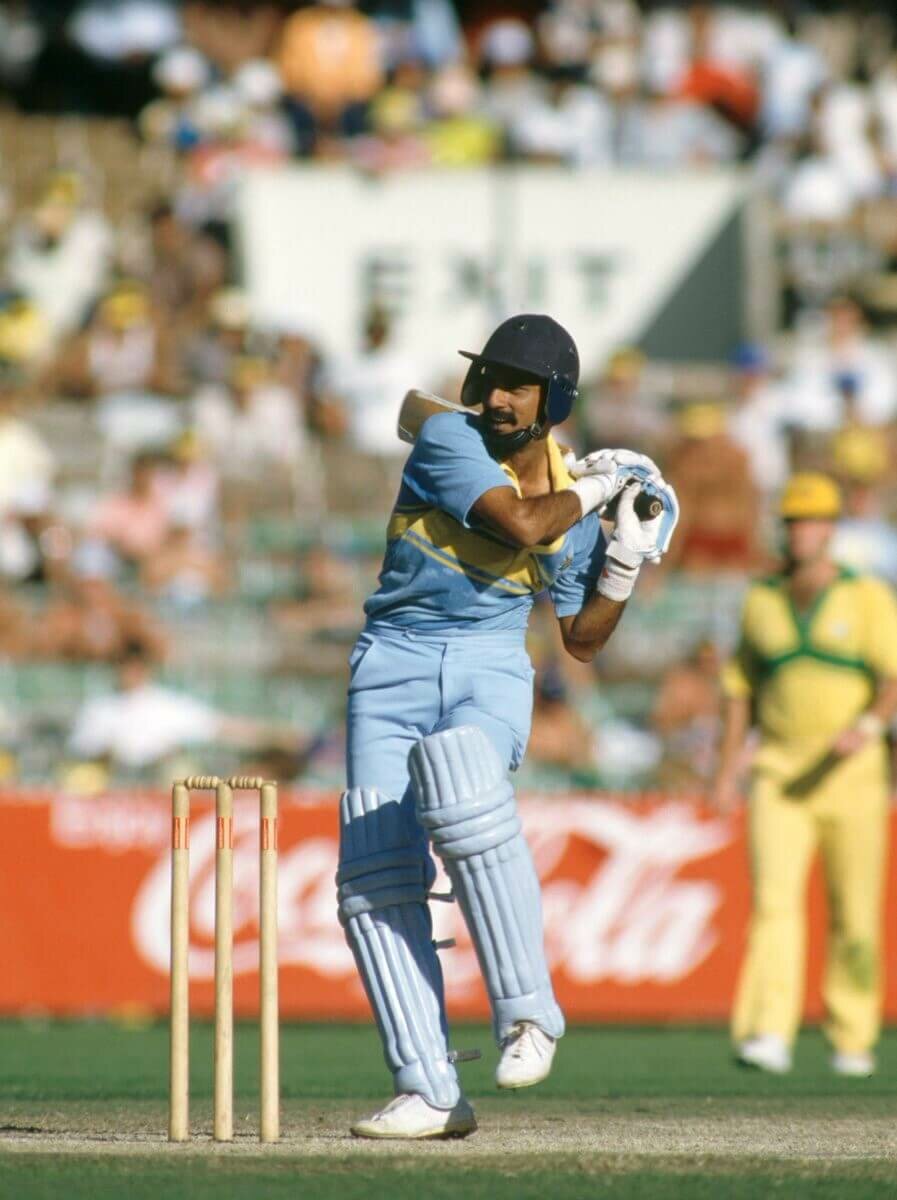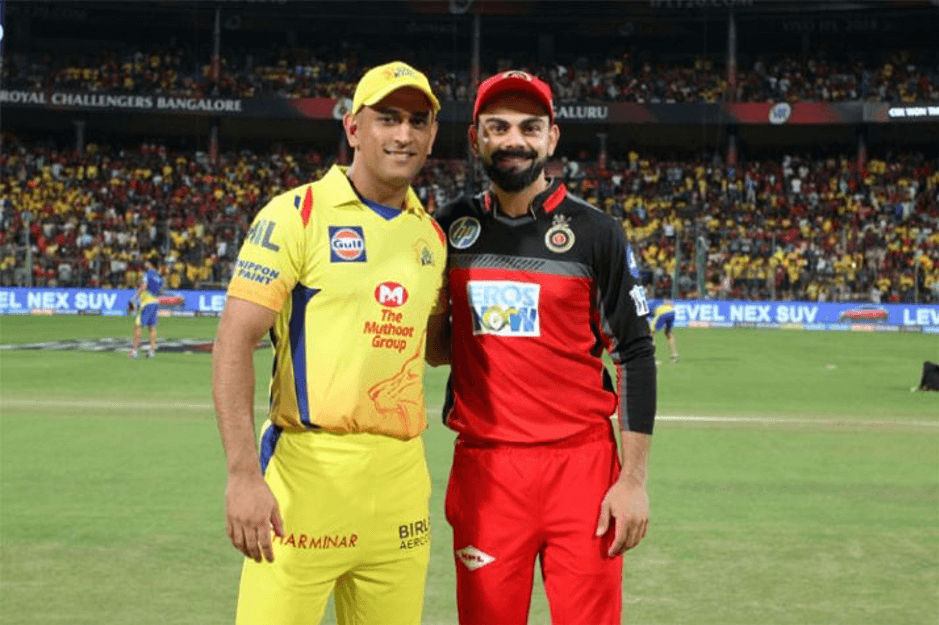HERALDING RAHUL DRAVID: THE STUDENT OF THE GAME WHO BECAME THE MASTER

Rahul Dravid; that single name is enough to generate a plethora of emotions amongst all people who have any passing understanding of the game of cricket. It’s a striking fact that he was and is adored as much by his own fans and followers as he was respected and revered by his opponents. His is a story of pure grit and determination and an example to every individual, no matter what their calling in life is.
Rahul Sharad Dravid was born on the 11th of January 1973 in Indore, Madhya Pradesh and attended the famous St. Joseph’s Boys High School. His rise in the domestic circuit was quite extraordinary as he made his Ranji Trophy debut in February 1991, while still in college. As fate would have it, Dravid was playing alongside future Indian teammates, Anil Kumble and Javagal Srinath against Maharashtra in Pune where would score 82 runs in the match as it ended in a draw. Once he had made his debut, he didn’t let his hunger for runs diminish and followed his first outing up with a century against Bengal and three successive centuries after that, finishing his debut season with a mighty impressive average of 63.30. Dravid kept on performing extremely well on the domestic circuit for the next couple of seasons and caught the selectors’ eye while playing against England A in 1994-95 at home.
Fondly referred to as ‘Jammy’, he was first selected for the Indian team in October 1994 for the final two games of the Wills World Series but didn’t make his debut during the tournament, as for his eventual bow in the international game would have to wait for two more years and it didn’t quite go as planned as he ended up scoring a total of 7 runs in two ODIs. In spite of such lowly scores, Dravid was selected for the Test Team on the back of his stellar performances with the red ball over the past five seasons.
The penny finally dropped in June 1996 when quite aptly, a player who oozed greatness made his debut at The Lord’s cricket ground and went on to score 95 runs in his very first innings. He would follow it up with another fifty in the next match and more than grabbed his opportunity in Test Cricket from the get-go as he would end up as the top scorer in Test cricket for the 1996/97 season with 852 runs at a healthy average of over 50.
His ODI career on the other hand didn’t start off as he would have hoped with him being in and out of the side for the next two years. To put things in context, while he was the Indian top scorer on two consecutive overseas tours of South Africa and the West Indies, in the shorter format he would score just 1709 runs in 65 outings. Due to such performances and a reputation of being branded as a Test specialist, it wasn’t till the second half of the 1998/99 season that he would start coming into his own in the shorter format of the game. He would go on to have an incredibly successful World Cup in 1999 and thus, his path had been charted through the sheer relentless drive and grit that were always a hallmark of this magnificent cricketer.
That afternoon at the Eden Gardens
‘The Wall’ as he is still known was entering his peak when the Australian team toured India in February 2001 for what was billed as the ‘final frontier’ for Steve Waugh’s all conquering men, who were coming to India on the back of 15 consecutive Test wins. Dravid fought tooth and nail for each run in the second innings of the first Test in Mumbai as he scored 39 runs off 196 ball, typifying the kind of resolve that would see him ascend the world rankings as the best batsman in the world in the coming years.
The Australians extended their winning streak to 16 Tests as they beat India convincingly by 10 wickets inside three days and their juggernaut seemed unstoppable as they looked on course towards their 17th consecutive victory in the second Test at the Eden Gardens, when they bowled India out for a meagre 171 in the first innings and enforced a follow-on after securing a massive lead of 274 runs.
In the second innings, VVS Laxman, who had scored a fine fifty in the first innings, was promoted to the No. 3 position which had been Dravid’s usual spot, who was pushed down as he had been bowled to Shane Warne (for the second time in the series) in the first innings for just 25 runs and therefore he came in at No. 6. VVS, as the moniker goes was truly in a very very special vein of form and when Dravid joined him in the middle on the third day, the scoreboard read 232/4 and India still needed 42 runs to avoid an innings defeat. At that point, the best that anyone would have hoped for was to somehow escape a chastening defeat which almost looked inevitable.
Instead, the two of them staged one of the greatest fightbacks in cricketing history as Dravid and Laxman played out the remainder of the third day and to the utter disbelief of the visiting team, the entire Fourth Day, denying Australia any wicket. Dravid, who had received a substantial amount of criticism from the press for his poor record against the Australians and his perceived dip in form brought up his hundred and celebrated it in uncharacteristic fashion, brandishing his bat at the press box.

Dravid and Laxman’s partnership was the stuff of dreams
He would go on to score 180 runs as the Indians bowled the Aussies out on the 5th evening to win the match by 171 runs. This was only the third instance of a team winning a Test after following-on and India became the 2nd team to do so. Till date this match is remembered as possibly the greatest test match that India have ever played.
The Rise of the Wall
The period of 2002-06 was the absolute peak in Dravid’s career and brick by brick, he became the ‘Wall’ of Indian cricket, shielding the batting lineup from the fiercest bowling attacks all over the world and in doing so, outperforming all of his contemporaries, be it teammates or opponents. From the tour of England in 2002 and the Headingley knock to the mesmerizing display in Adelaide in 2003/04, he continued to score runs at an astonishing rate and stamped his authority over world cricket in the process, being named as the ICC Cricketer of the year in 2004.
He would take on the Indian captaincy in 2005 and lead India to Test Series victories in the West Indies, Pakistan and England. The 2007 World Cup debacle does remain as one of the lowest points of his career, but it speaks volumes about the resolve of the man that after giving up his captaincy, he continued performing to his unplayable peak, regardless of being the head honcho of the Men in Blue.
The ultimate professional
It has often been said that if one wants to understand what exactly it means to play for your country, one should observe the mannerisms and the approach that Rahul Dravid took while playing the game. He never batted an eyelid when it came to putting it all on the line for his teammates and nothing shows that more than the decision to keep wickets for the team at a time when he was undoubtedly at his peak and was arguably the best batsman in the world. However, with Jammy being Jammy, this too was done with utmost dedication and he excelled at it, helping India to many famous victories.

The fact that he ended his career with the highest number of catches too is a testament of his importance to the bowlers as he proved himself to be one of the greatest slip catchers the game has ever seen. He remains the ultimate team player and a role model that not only any aspiring cricketer, but any sportsman would do well to emulate.
Signing off on his own terms

The end of an era: Dravid called it a day from international cricket in style
To mention all of his great innings and contributions would take a series of articles, if not a whole manual on the art of batting itself, but it was quite fitting that in his final tour of England (the place where it all began for him) Dravid scored 461 runs in the four matches at an average of 76.83 with three hundreds to his name. He accounted for over 26% of India’s runs in the series and was named the Man of the Series. It’s essential to note that his displays in the series in 2011 are heralded as one of his finest ever by many an expert. True to his character, he held the fort when everything else around him was falling apart and scored three magnificent centuries, including his very first ton at The Lord’s in his final tour to England. Though in a losing cause, it was in a way the most ‘Dravid-esque’ way of saying goodbye in the most challenging circumstances with his back to the wall and him coming out to open, once again doing as the team demanded and just getting stuck in and refusing to buckle down under pressure.
On 9th March 2012, Rahul Dravid, the greatest No.3 to ever play Test cricket announced his retirement and so as it happens, our lives moved on as every player must retire at some stage, and as good, if not better players come along in time, but there are some who leave a legacy which not only in the world of cricket, but beyond the realms of the sport leaves an impression that is indelible on the sport as well as the minds of fans. They stay long enough and do so many wonderful things that they become part of your own identity. Rahul Dravid was one such gem.
Read More
RESCUING SOUTH AFRICAN CRICKET: IS THE PROTEA FIRE STILL ALIVE?
ATUL KUMAR MAURYA \
ESSENTIALS
KRISHNAMACHARI SRIKKANTH: HOW TO OPEN WITH STYLE
KUSHAGR DIXIT \
THROWBACKS
STUDYING THE IPL REVOLUTION THAT CHANGED CRICKET FOREVER
TAPAN UNADKAT \
FEATURES



